As far as condition, it's typical with no issues.
Here's what it is;
Grandma, probably 1979 due to bent handles and newer plated springs. However it's strange to have the older 4 fin draft caps. Could be the fabricator had lots of the old style to continue to use up.
Notice the width is a little wider than a normal Grandma. This was commonly done by the Dunn Brothers in VA. Could have been a drawing revision made by others, but you can tell by the space at the sides of doors. The angle iron corner material should come up to edge of the Grandma doors. This space was compensated for with the longer hinge plates. I call them "outboard" hinge plates since they are welded above and below the door hinge ears. Doors should set on each hinge plate to support door weight. Notice the top plates are above doors not offering support. They are also welded on the face plate, and not the angle iron corners. (makes it easy to change front legs when they are cut down or need to be lengthened since the hinge plates don't have to be removed to remove legs) I don't know the percentage of stoves built this way, but they are fairly common.
Compare to a Grandma built to the drawings I have from 1977;
View attachment 165036 Notice very little space at door sides requires hinge plates to be welded to corner iron.
Here are normal hinge plates on the same stove;
View attachment 165037
The above stove sold for $1100 on eBay. The longer handles should have the tighter wound older stainless springs, and it should have the older 4 fin draft caps in my opinion to get top dollar. (as well as Black Oxide finished feet - these have been painted or were originally chrome) It is always possible the stove was fitted with the newer springs and draft caps before the time the handles were bent, it just looks wrong when you know what you're looking at.
Here's the extra large Grandma like you're looking at refinished;
View attachment 165038



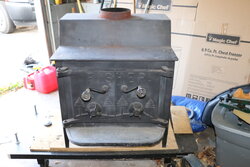
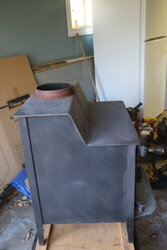
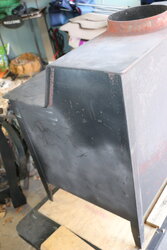
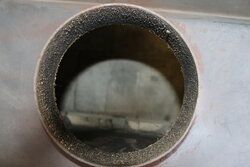
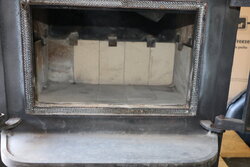
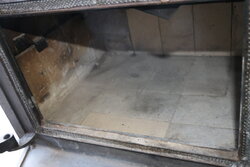
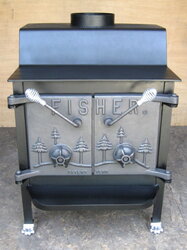
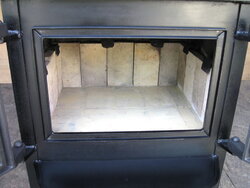
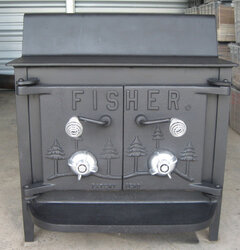
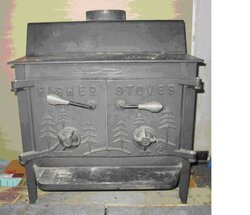
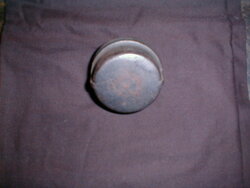
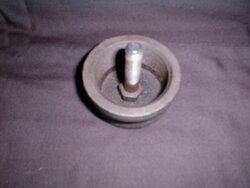
 I didn't think I needed a gasket. Been getting along fine for 11 years without one. Good to have that confirmed.
I didn't think I needed a gasket. Been getting along fine for 11 years without one. Good to have that confirmed.